Week highlights: new features in GIMP and Inkscape; new release of MuseScore Studio, first alpha release of Audacity 4.
GIMP
Here is some of the ongoing work:
- Jehan is reorganizing the Align/Distribute tool options. Probably not a final implementation, as the discussion about UX keeps going.
- Jasper is adding new text orientation options: 90° clockwise and counterclockwise rotation.
Additionally, Gabriele contributed a new Preferences option to disable the use of the TAB key to switch all dockable windows on and off. This is one of the maddening aspects of using GIMP for new users who press the key by accident and then struggle to figure out why all the docks have suddenly disappeared and how to bring them back.
Personally, I think the proposed patch is more of a workaround. All shortcuts should be configurable; singling one of them out and adding a dedicated switch in Preferences doesn’t seem like a consistent solution to me. Plus, bringing docks back should not be puzzling in the first place. On the flip side, I’m definitely biased here.
All of the above are unmerge patches at the moment.
Inkscape
Some fun things are happening in Inkscape:
- Martin Owens is enhancing the rendering engine so it can work with floating pixel data and a greater number of color channels (think support for CMYKA).
- Mike Kowalski is adding a character viewer to the font dock.
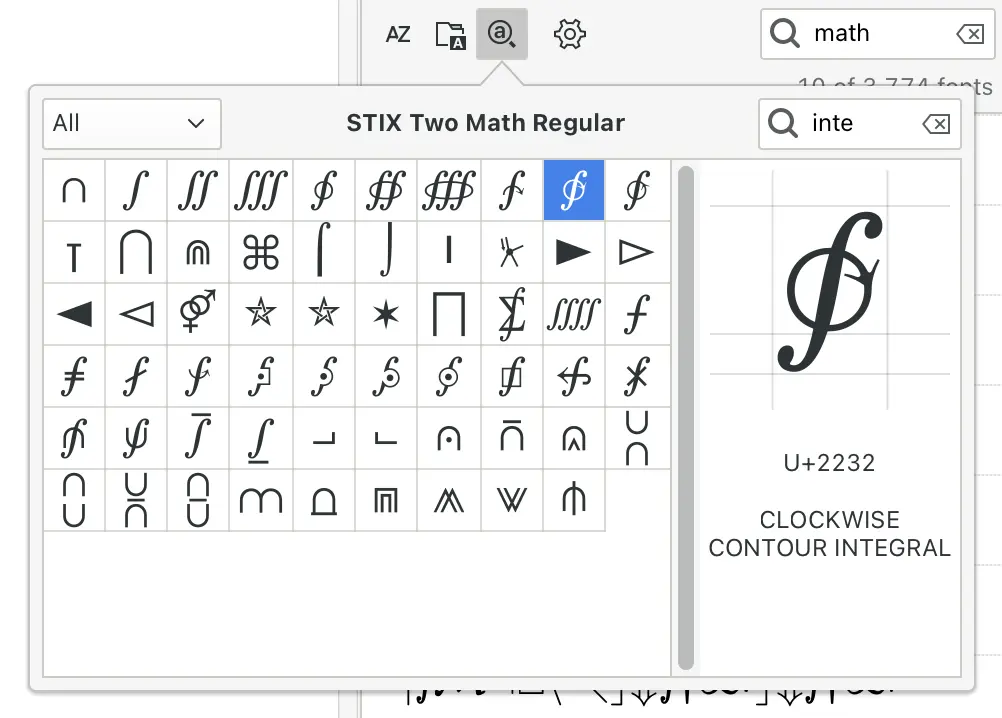
BCON 2025
The Blender Foundation has published all the videos from the Blender Conference 2025 on YouTube and Peertube. With over 80 videos in the playlist, there’s something for everyone: architectural visualization, production of animated TV series, simulating real-world camera lenses, recreating historical and cultural legacy, and so much more.
FreeCAD
You know how much I love digging into arcane pull requests and showing exciting new features and quality-of-life improvements. So believe me when I tell you that there is nothing more exciting right now than seeing the number of v1.1 release blockers go down. If the trend continues, a release candidate in November would not be entirely unrealistic.
At the same time, the pile of post-1.1 work just keeps growing. 229 out of 256 submitted pull requests are now scheduled for inclusion in version 1.2. Sure, some of them are in Draft, but I can absolutely see the team pulling double code review shifts shortly after the v1.1 release again.
Among other “fun” things, the team recently had to discuss how they should deal with AI-generated patches.
MuseScore Studio 4.6
The new version comes with many improvements and new features. Many of them are already covered in the release video:
Release highlights:
- A metric ton of engraving improvements and fixes.
- You can now use any SMuFL-compliant music font.
- Localised control over showing and hiding empty staves.
- Duration and velocity control in real-time note preview is now available.
- Numerous guitar-specific improvements, such as engraving support for hammer-on, pull-off, and tapping techniques.
- Brand-new Handbells palette and playback with MuseSounds.
- VST3 support on Linux.
A bit silly to use OpenStrings (Rhapsody) when you have MuseSounds around, but just to show a VST3 plugin actually working:
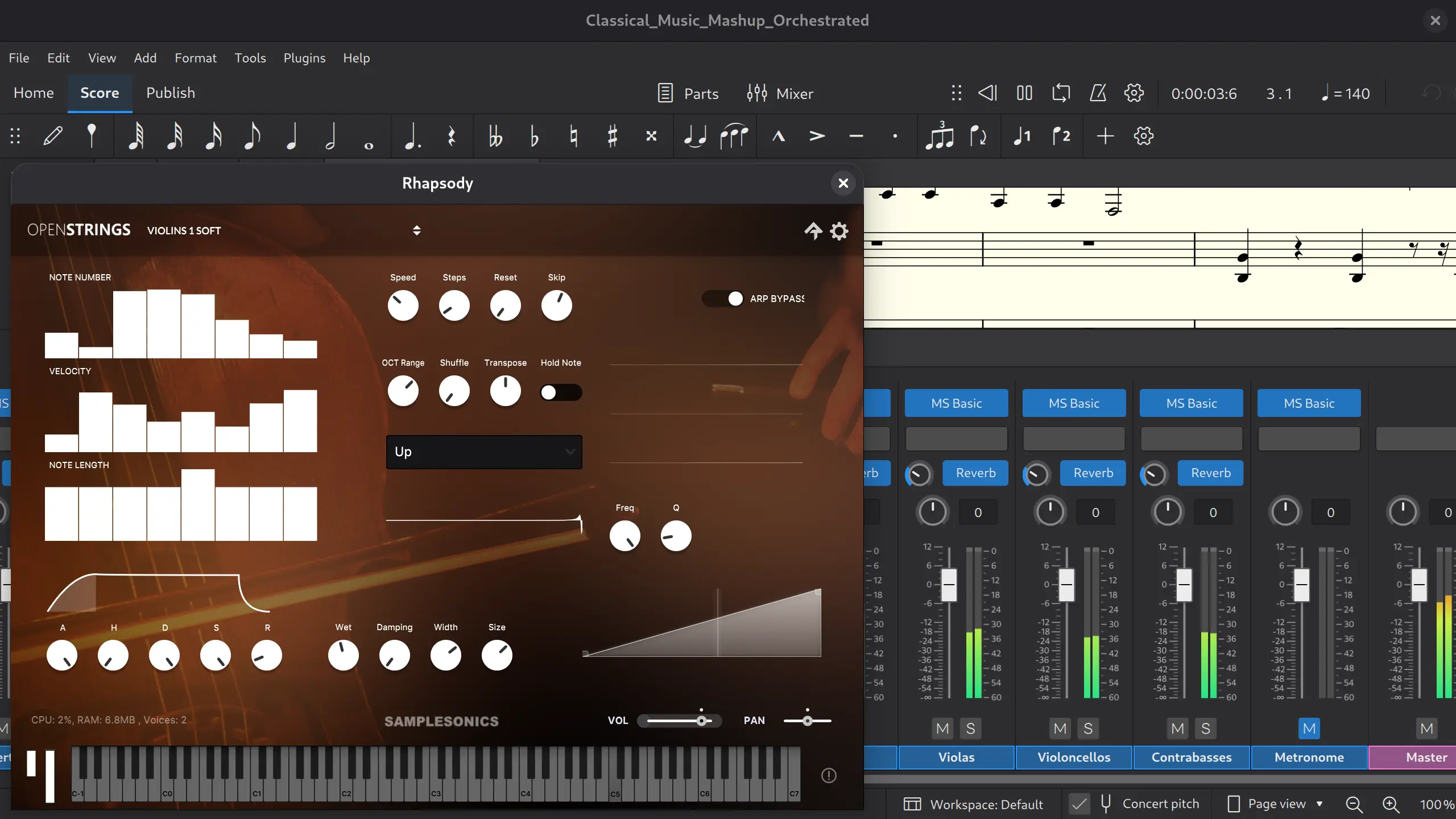
See here for a more complete list of changes and download links.
Audacity 4 alpha1 and the video
Muse Group also released a technical preview of Audacity 4, the upcoming new release with the user interface completely reimagined and rebuilt with Qt. The important thing is not to expect this version to be production-ready yet. Or the project files to be backward-compatible.
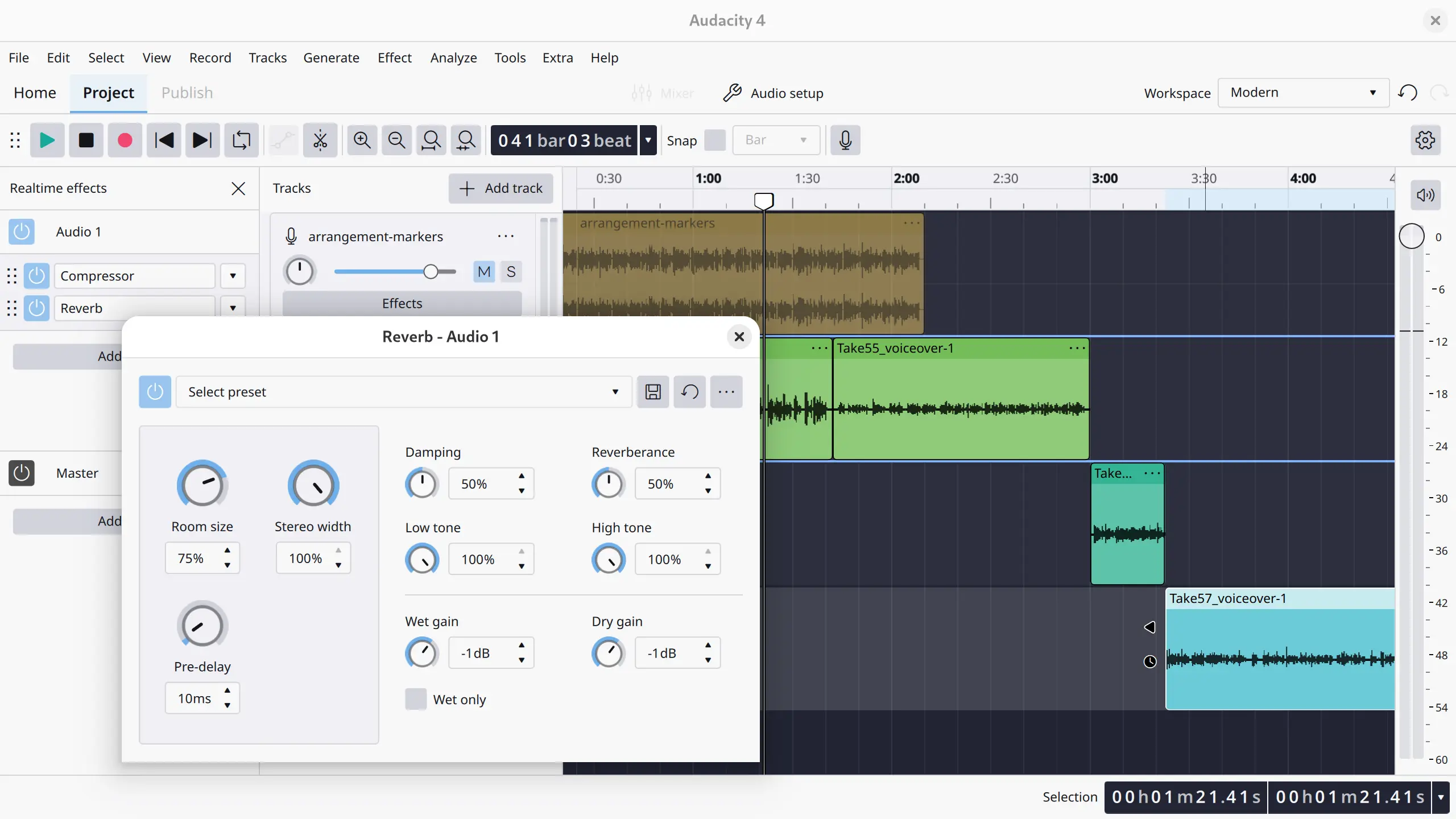
Things like importing/exporting audio, cutting, and applying real-time effects already work. Here is the list of v3 features that are not there yet:
- Nyquist, LADSPA, VAMP, and the OpenVINO plugins.
- Preferences from Audacity 3 are not carried over.
- Envelopes and label tracks.
- Spectrogram view and the spectral editing mode.
- Most built-in effects, including generators and analyzers.
- Opening multiple projects at the same time.
You should also probably expects the mixer to be available in v4. Automation is planned but won’t happen in the first v4 release though.
Notably, some of the missing features from the list above will likely not function exactly as they do in v3 today. My gut feeling is that envelopes and spectral editing are likely to undergo redesign. Martin specifically mentioned envelopes in the video he published several days ahead of the release:
The video focused on the various types of debt that the team inherited from the original team and how they addressed them. That list of debt includes the logo, and it’s a topic of its own.

Over the last 25 years, I witnessed dozens, if not hundreds, of logo proposals, because many people were not happy with the original one. I’ve seen symbolic logos, photorealistic logos, and just about everything in between.
Some contributors were adamant that only they have the right vision for the project’s branding. Others were very much self-aware (“Here’s yet another unsolicited logo redesign to add to the pile“). So it’s very tempting to smirk when you read things like “just deliver a logo people like” in the comments section at The Verge.
All in all, I feel it’s somewhat premature to comment on the new Audacity. There are aspects that I absolutely love. There are things I’m just not too sure about. Like the lack of grid lines above waveform visualization in tracks. Or some of the user interface being bloody enormous, like this built-in compressor plugin window:
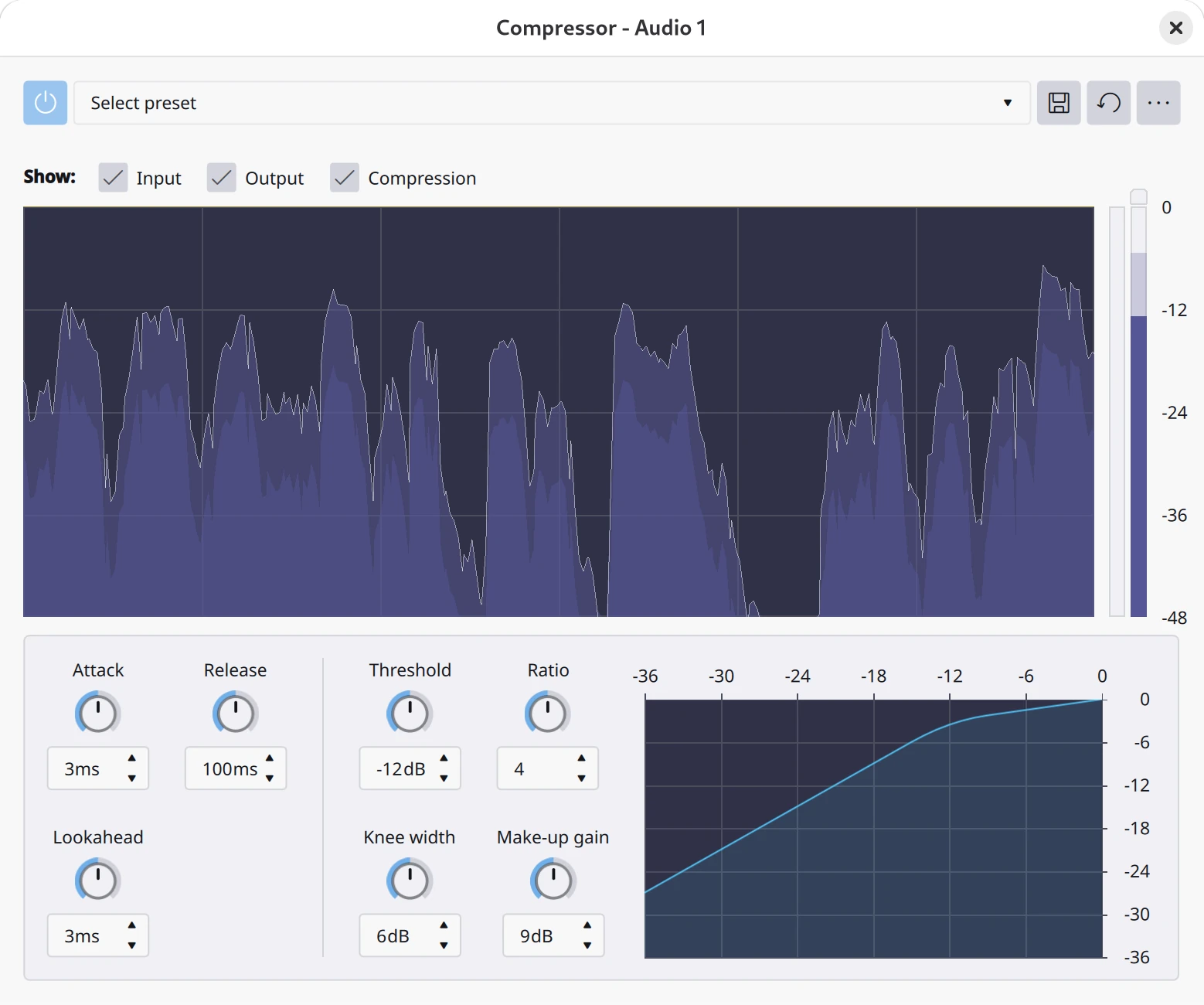
So let’s wait for the final version to arrive. The current estimation is sometime in 2026.
Artworks
Cyberpunk 2077 fan art by 長門ゆき, made with Unreal Engine, Blender, and Photoshop:
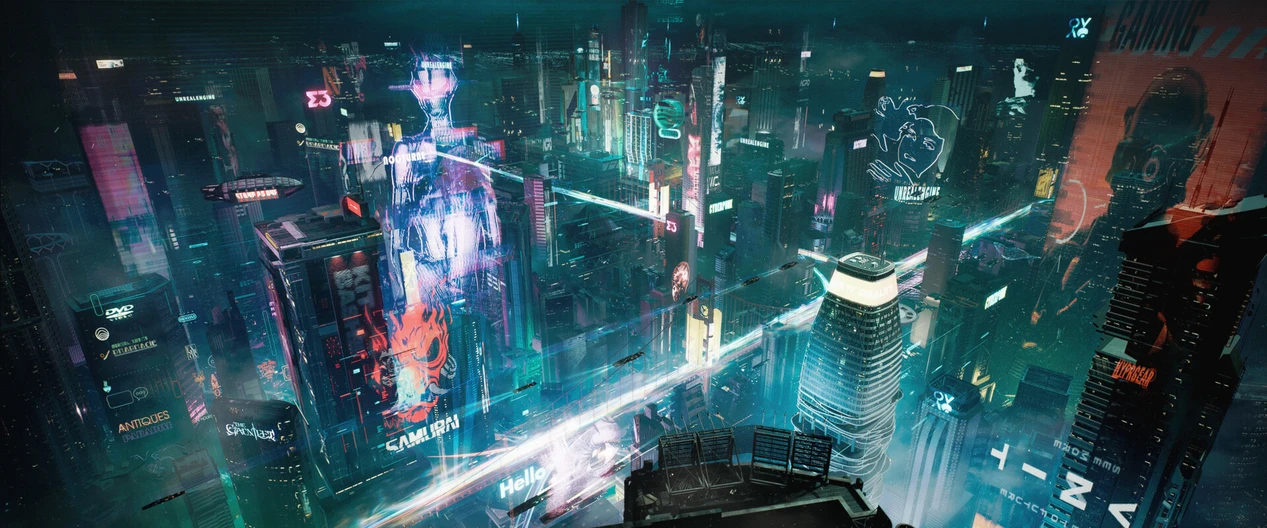
Echo City by UE班的小学生_Cgerjia, made with Substance 3D Designer/Painter, Unreal Engine, and Blender:
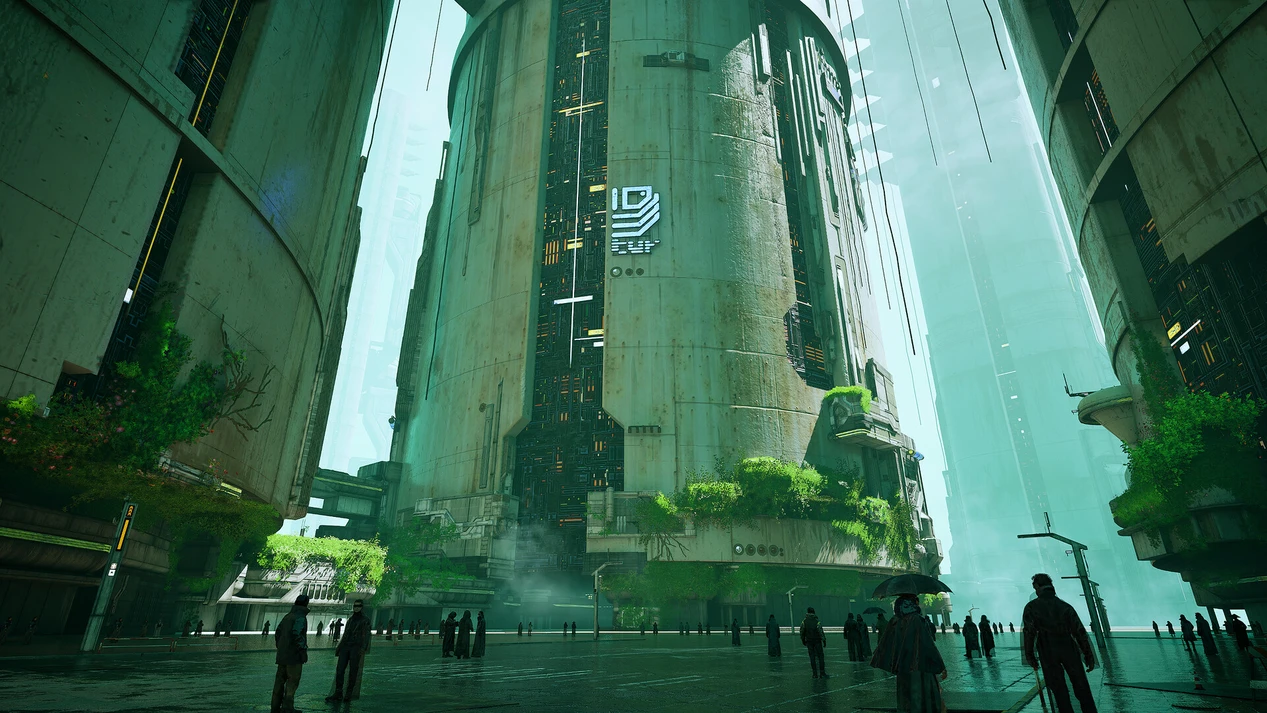
Skyshade: La Saga LightLark by Ferdinand Ladera (for Alex Aster’s recent bestseller), made with Blender and Photoshop:
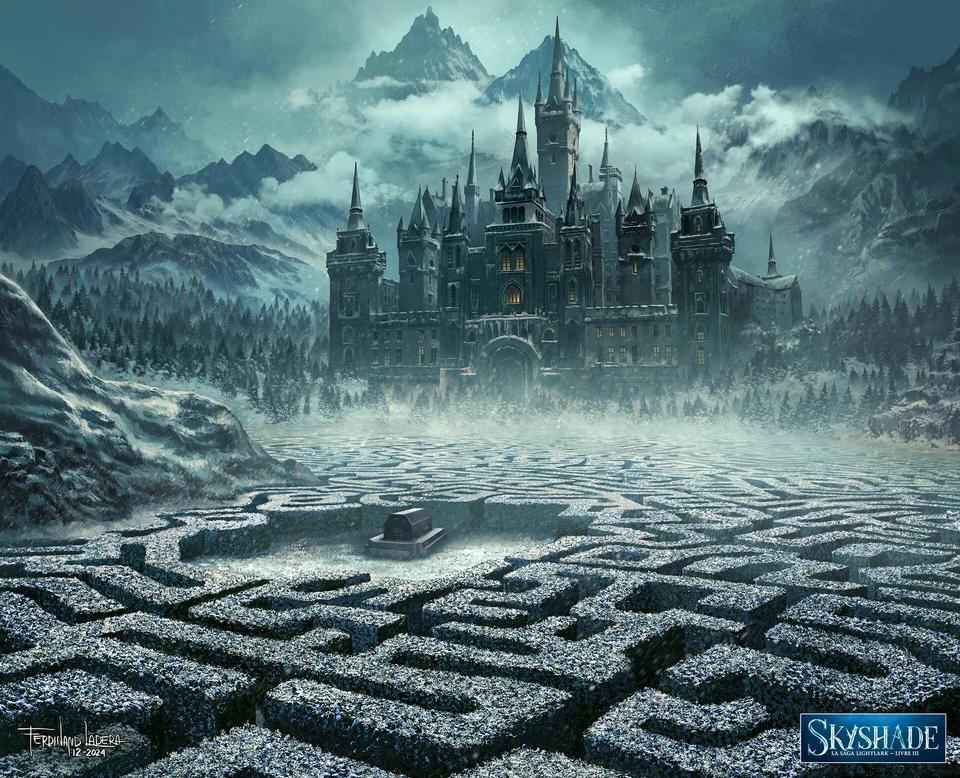
Patreon subscribers get early access to my posts. If you are feeling generous, you can also make a one-time donation on BuyMeACoffee.
